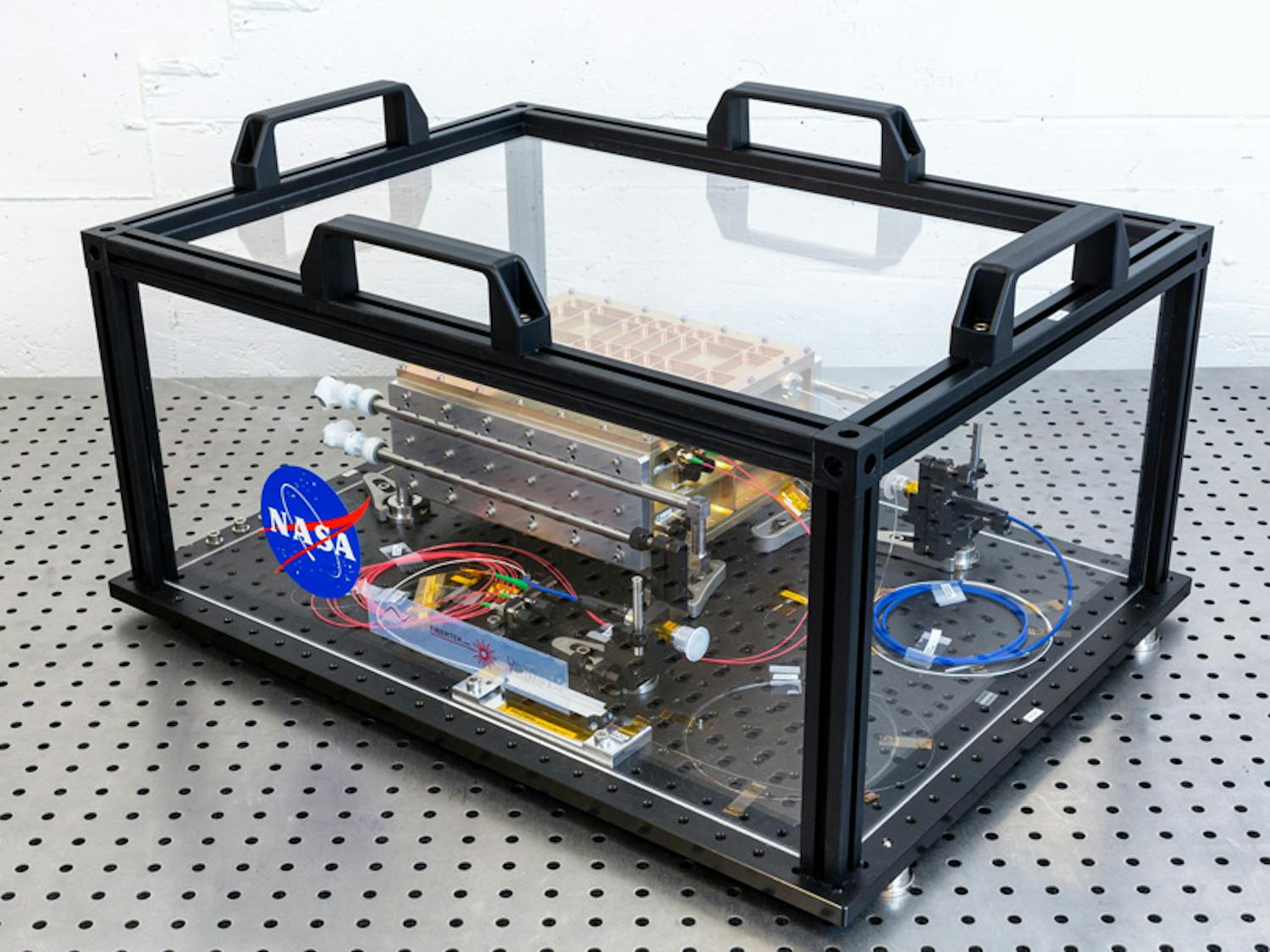Widening the gravitational wave window

For the first time, the ESA-led LISA mission aims to detect gravitational waves created millions or even billions of years ago by major astrophysics events, directly in space, uncovering parts of the universe that have, to date, been undetectable via other means. To accomplish the mission, three lasers will need to work in tandem for up to 16 years to measure these tiny ripples in the fabric of space-time. So, these lasers must be both extremely reliable stable, and capable of sensing changes as small as one picometer over 2.5 million kilometers. CSEM was selected to test whether NASA’s prototype laser, which it has developed for the mission, can meet these stringent specifications.
CSEM set up an underground laboratory to minimize vibration and temperature variation, where it developed and deployed tools for measuring and validating the stability, power output, and noise of the prototype laser. It is also undertaking next-phase testing in a vacuum chamber and helping to define the metrological approach for the project’s flight phase. Due to launch in 2037, LISA’s three laser beams will link three satellites in a triangular formation to obtain insights into black holes, galaxy formation, and the early universe.